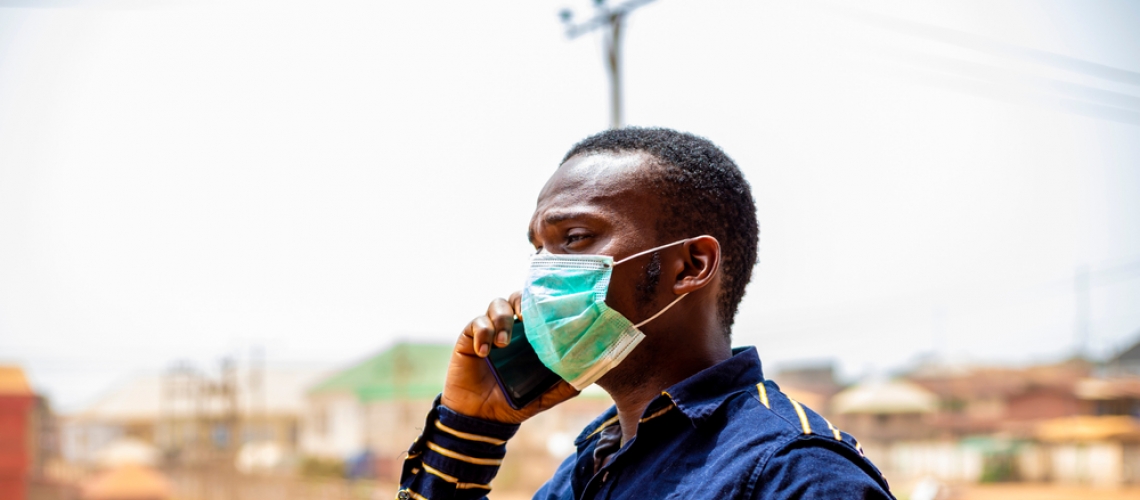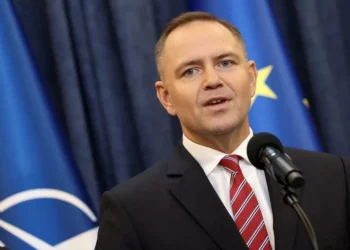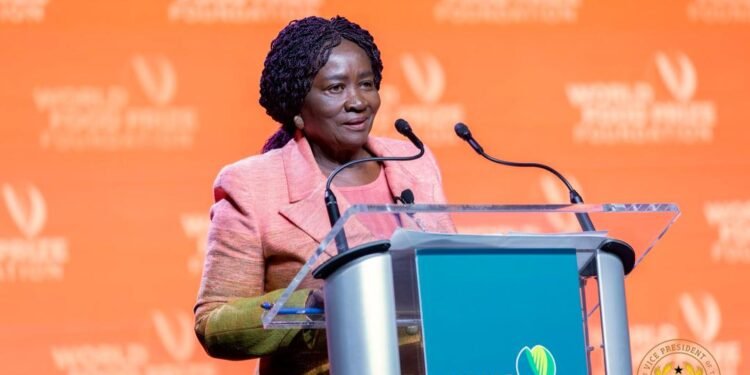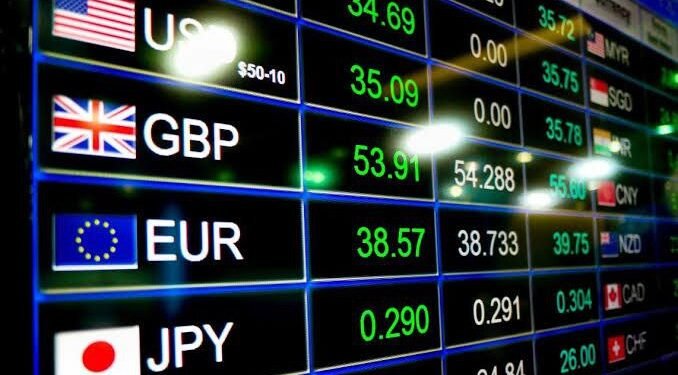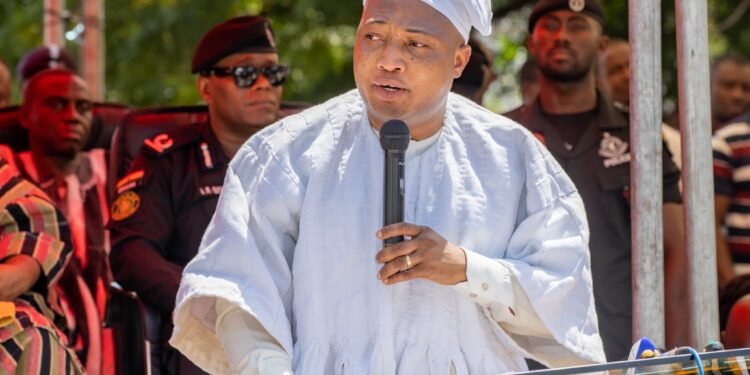The mobile industry has achieved its biggest impact on the Sustainable Development Goal under Industry, Innovation and Infrastructure in its goal nine agenda via its coverage on mobile broadband network.
This is largely due to extensive mobile broadband network coverage and more affordable mobile services and this has consequently translated in the achievement of the target.
According to GSMA 2020 industry report on mobile industry impact on SDGs, it stated that, “there are now 7.1 billion people around the world covered by mobile broadband networks, up from 6.2 billion in 2015”.
It maintained the biggest improvement has been in “4G population coverage, which increased from 55% to 85% (equivalent to 2.5 billion additional people covered) in this period”.
As increased coverage and adoption continue to underpin the industry’s impact, especially on SDG 9, “Mobile operators remain committed to reducing the ‘coverage gap’; that is, people who live in areas not covered by mobile broadband networks”.
The coverage gap equaled around 600 million people at the end of 2019, compared to 1.3 billion people in 2015. With most of these individuals living in remote areas of low income countries, mobile operators and their partners are working to reduce network rollout costs in order to enable further deployments.
Innovations to reduce costs are a particular focus. This includes looking at the base station that provides coverage to an area, the backhaul technologies that route this traffic to the core network, and the energy components that ensure all of this can function.
Commenting on this trend, Hans Vestberg, the Chairman and CEO of Verizon, opined that, his company’s purpose is to move the world “forward for everyone through the power of action and technology”.
“There has never been a more critical moment to leverage the 21st century infrastructure comprised of mobility, broadband and cloud technology to stay globally competitive and address the economic, environmental and societal issues that are most pressing around the world”.
The report also captured the continued increase in the use of mobile and mobile internet as one which has contributed to the industry’s impact across all the SDGs.
By the end of 2019, 5.1 billion people (66% of the global population) were using a mobile phone, an increase of 600 million people compared to 2015. In addition, 3.8 billion people (49% of the global population) were also using mobile internet, representing an increase of 1.1 billion people since 2015.
“People are also connecting to higher-quality mobile networks. In 2019, 4G became the dominant mobile technology across the world with 4.1 billion connections, reaching 51% of total connections up from 15% in 2015”.
In Sub-Saharan Africa, 2019 marked the first year where there were more mobile broadband (3G or 4G) connections than 2G connections. With the rise of 4G, average download and upload speeds doubled between 2015 and 2019, while latencies more than halved.
“This has improved the user experience on key mobile-enabled activities while also enabling individuals to access more bandwidth-intensive services, supporting the industry’s impact across all 17 Goals”.
In January of this year, United Nations Secretary-General António Guterres launched an ambitious Decade of Action to fulfil the promise of the 2030 Agenda for Sustainable Development.
Taking stock of mixed progress, to date, on the 17 Sustainable Development Goals agreed by world leaders in 2015, the Secretary-General called for accelerated action at all levels over the next ten years.
“We need to move together,” he said, “leaving no one behind.”
Interestingly, with the usage of mobile services soaring drastically, the industry’s impact on the SDGs in 2019 grew faster than ever before.
In 2019, the average SDG impact score across the 17 Goals increased to 48. This score translates to the industry achieving 48% of its potential contribution to the SDGs – up from 33% in 2015.
“For example, 1.6 billion mobile subscribers use their phone to improve or monitor their health, representing an increase of 330 million since 2018. Moreover, 2.3 billion subscribers use mobile financial services, an increase of 620 million since 2018”.
READ ALSO: Mobile Money: A giant leap towards a digital future for all



